
What does the energy label of your wine fridge mean?
Sections of the energy label

On the energy label of a wine fridge, you'll find the following:
- QR code
- Energy label
- Energy consumption
- Capacity
- Noise level
We'll tell you more about these topics in this article.
QR code
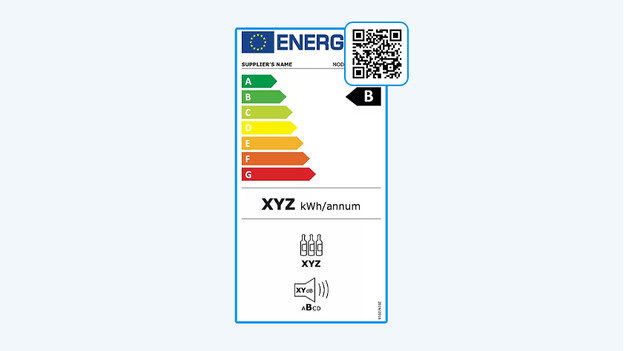
At the top right of the energy label of your wine fridge, you'll find a QR code. When you scan the code with your phone, your smartphone will open a website of the EU. On this website, you'll find all the basic information on your product, together with a lot of extra product information. You'll be able to see all the product specifications, various test reports, and technical information on the energy consumption of your wine fridge.
Energy label
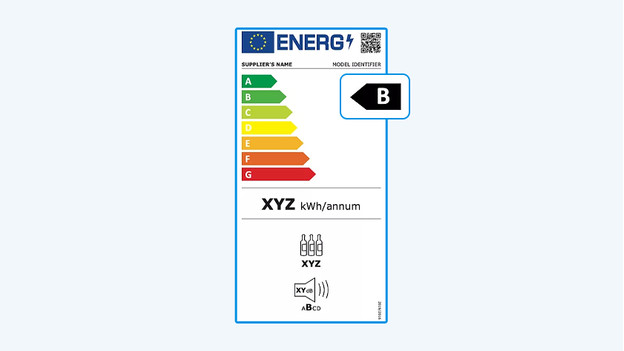
The energy efficiency of your wine fridge is indicated on the label with an energy label. The energy labels go from A to G. The closer the label of your product is to A, the better the energy consumption and your energy bill. If the label says D label or lower, the product isn't energy-efficient.
Energy consumption
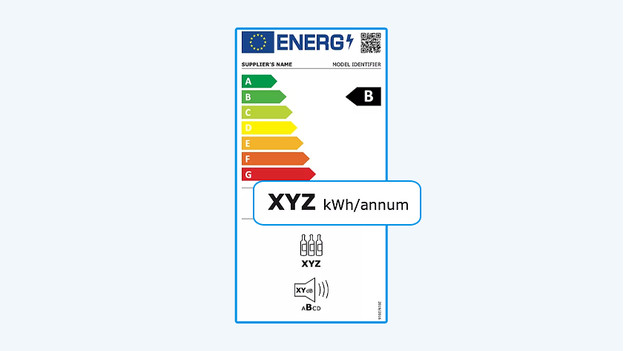
In addition to the energy label, you'll also see the energy consumption of the wine fridge on the label. This is the consumption per year, indicated in kilowatt hour. To calculate how much the product costs per year, you should multiply this number of kilowatt hours by € 0.30.
Capacity
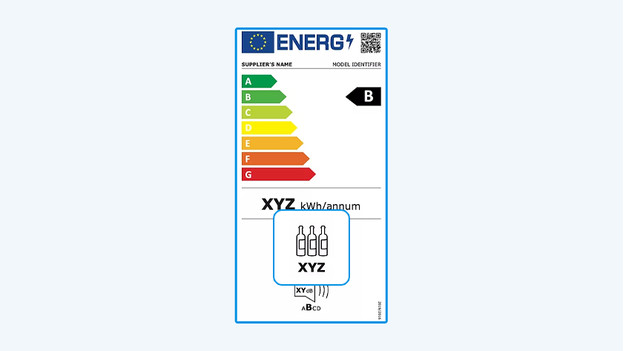
The energy label doesn't just display energy-related information. You'll also find the capacity of your wine fridge. For example, the label indicates the number of bottles that fit into the wine fridge. Thanks to this, you'll know if you have room to expand your wine collection.
Noise level
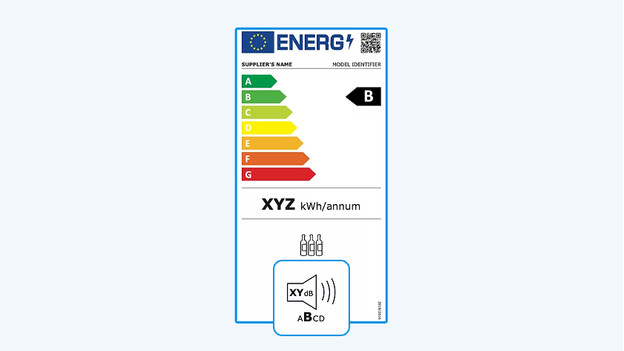
And lastly, you'll find the noise level of the wine fridge on the energy label. That way, you'll know where you want to place it. Is the fridge placed in an open room, like your living room? A silent fridge of 38dB or less is pleasant. Is it place in a closed kitchen or basement? You can choose a noise level of 41dB or more too.


